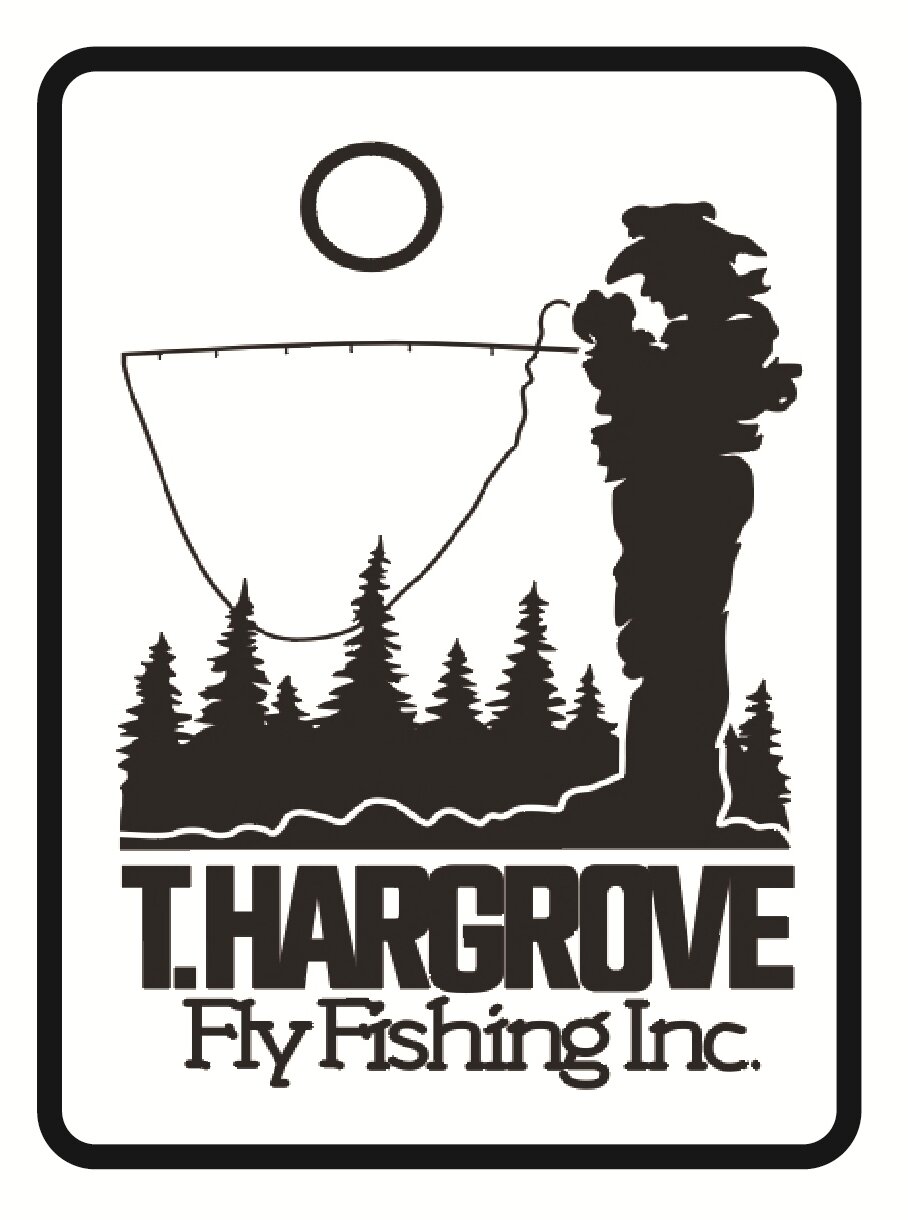Blue Back Woolly Bugger
History of the Pattern
A Harrisburg, Pennsylvania fly tier, Russell Blessing tied the first "Buggers". He added a marabou tail to a woolly worm fly, to help suggest a swimming movement as the fly was retrieved in the water. He found that even if fished dead-drift the fly still had movement. The woolly worm is a very old fly that can be found in Izaak Walton's 1653 book 'The Compleat Angler'. Russell's original Woolly Bugger had a black marabou tail, and a black-hackled, olive chenille body, He had designed it to fish the smallmouth bass in the streams near his home. He had been trying to imitate dobsonfly larvae. The Blue Back is a variation of this original pattern.
Materials
Hook: Streamer Hook 2X-4X long, size 8-12, (example: Gamakatsu)
Thread: Olive (example: Uni 6/0, UTC 140D)
Tail: Olive Marabou
Body: Peacock herl
Hackle: Olive Saddle Hackle
Hot Spot: Red dubbing material
Weight: Lead or lead-free wire (.020” or .025”) approximately seven wraps
Carapace: Blue Marabou (3-strands)
Tying Instructions
Mount the hook and wrap the shank with .020 or .025 lead wire. The lead wire should be started above the hook point and end one eye length behind the eye.
Start the thread and make several thread wraps over the lead wire to secure it in place.
Strip a clump of marabou from the stem and tie on the shank behind the lead. Pinch off the end of the marabou tail so that it is the length of the shank.
Tie on the saddle hackle by the tip on the shank behind the lead.
Select several strands of peacock herl and secure it to the shank.
Wrap the peacock herl forward and tie it off behind the eye.
Tie on three strand of blue marabou at the eye of the hook.
Pull the blue marabou back towards the tail.
While holding the blue marabou in place, wrap the hackle forward. The hackle will hold the blue marabou in place.
Tie off the hackle behind the eye.
Pinch the blue marabou so that it is the same length as the tail.
Form a head, whip finish and cement the head.

